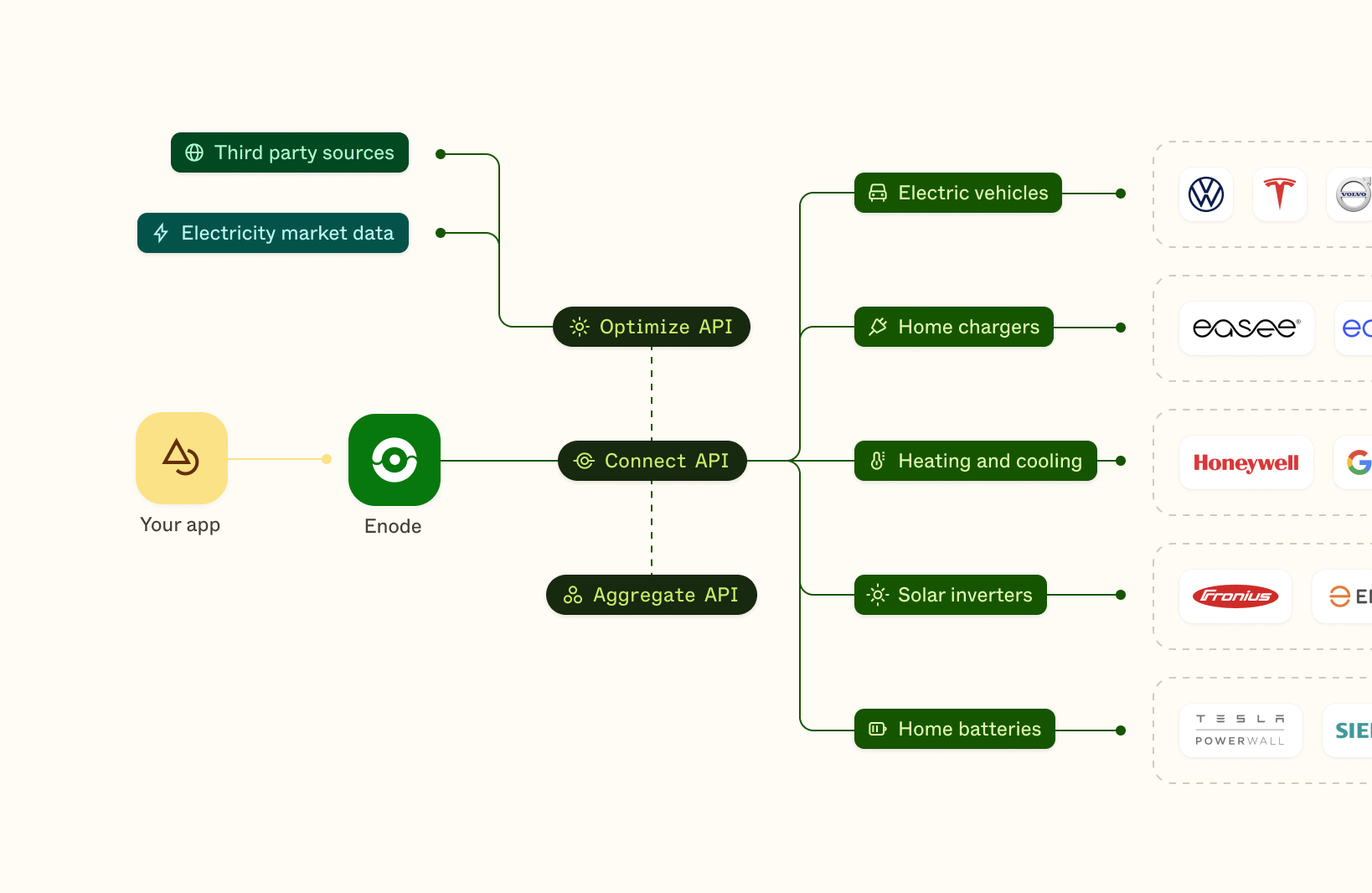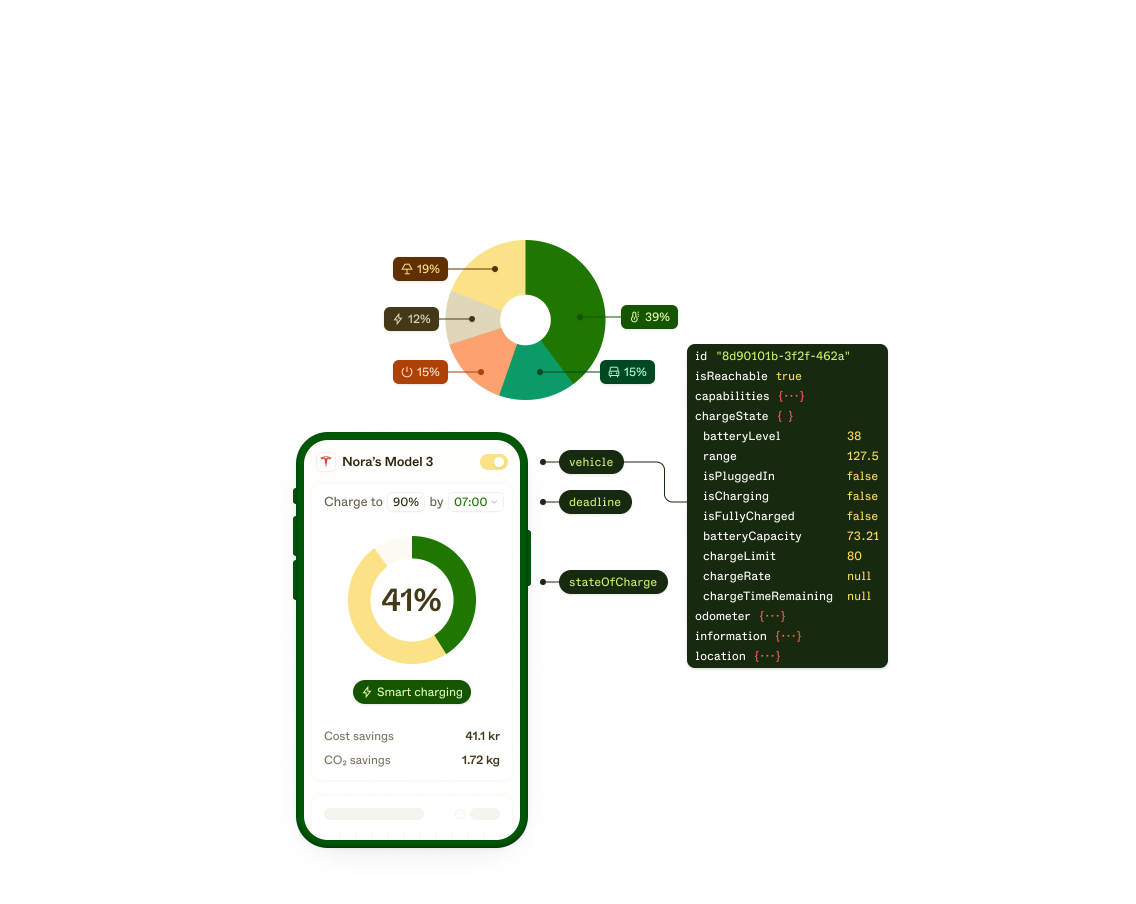The importance of interoperability in the transition to a clean energy system

We’ve got ambitious climate targets to meet by 2023, and transitioning to a more sustainable, cleaner grid system is a major factor in our ability to meet them.
But what does the grid system of the future actually look like? We envision it like an orchestra. Like an orchestra, it’ll comprise lots of different elements, capable of working individually or together, in harmony. And it’ll be responsive to a range of signals, just like an orchestra gets louder or quieter, speeds up or slows down, in response to signals from a conductor.
Today, we’re part of the way towards making that vision a reality. We have all the instruments we need, but they’re not yet working together as well as we’d like. It’s as if all the players in our orchestra are reading different sheet music, playing at different tempos and at different volumes. It wouldn’t be a particularly enjoyable experience for the public to hear this orchestra play.
So, how do we get them into harmony? Before we get into that, let’s take a step back and look at why improving our grid is so important.
The grid is getting in the way of the energy transition
We know our energy system is outdated, inefficient and highly polluting. According to the International Energy Agency (IEA), it may actually be our grid that’s preventing us from making that transition. It says that grids are at risk of becoming the “weak link” when it comes to integrating renewable energy sources at scale.
That’s because one of the core requirements of the grid is that it stays in balance at all times. Energy in needs to be equal to energy out – and while that may sound simple, it’s actually incredibly complex to manage. Electricity has to be produced and delivered simultaneously, but both supply and demand are becoming increasingly difficult to predict.
Consumption used to peak in the mornings before everyone headed out to work, and in the evenings when they came back. Now, increasing electrification and the advent of more distributed energy resources (DERS) in the home including EVs, home batteries, heat pumps and solar PV means households are using more energy at less predictable intervals.
As for supply, renewable sources are inherently unpredictable and intermittent. The amount of energy they produce, and the periods in which they produce it, vary considerably. Solar PV only generates energy during daylight hours, for instance, and we can’t just ‘ramp up’ production to meet demand if the sun's not shining, or the wind’s not blowing.
All of this means that the real-time balancing act happening inside the grid is getting more and more precarious. Until we can fix that, we won’t be able to move to a renewables-only energy system.
Digitalization will transform the way the grid works
A digitally-enabled smart grid is essential to help us balance supply and demand, and better manage the flow of energy through the grid. Simply put, a smart grid is one that leverages software, sensors and other digital technology across the energy system. In a smart grid, all these intelligent elements would be able to communicate with each other, exchange data, and automatically modify their behavior in response to signals about energy supply and demand.
One good example of what this would look like is EV smart charging, which is already widely available today. EVs have a particularly important role to play in the transition to a clean energy system, due to their growing popularity and sizable battery capacity. With EV smart charging, we can automatically shift charging patterns in response to supply and price signals from the grid, helping reduce pressure at peak times, cut carbon emissions, and reduce consumer energy bills. The next step on from this is to aggregate EVs into Virtual Power Plants (VPPs) that behave as a single unit, and multiply the benefits of managed flexibility.
In our orchestra analogy, an EV would be one instrument – and it’s only just getting warmed up. While it has enormous potential, it’s nowhere near pitch-perfect yet. Today, it’s still difficult for us to get individual EVs to behave optimally, let alone to get them working in unison with other EVs, and other elements across the wider energy ecosystem. To do that, we need to solve our interoperability challenge.
Optimizing grid edge devices requires interoperability
Interoperability is defined as the ability of a product or system to cooperate with others to share resources. And though there’s a lot of software and hardware innovation happening across the energy ecosystem, little of it is being designed with interoperability in mind. Different technologies struggle to integrate and communicate with each other, meaning data is siloed and opportunities to add efficiency are lost.
Let’s look at EV smart charging again. At Enode, we currently support integration with 300+ different EV brands and models. As you can see from this list, each of those delivers different data, and provides different capabilities. There’s no standardization across the industry, which makes it very difficult for the developers building energy management apps to integrate with each EV, and create consistent, universal experiences.
And what if the driver of the EV also wants to connect it to their solar inverter and enable EV smart solar charging? Without data and device interoperability, consumers are locked into single providers and platforms, unable to get the maximum value from their device, and unable to drive maximum value back to the grid. While our orchestra is fragmented, it can’t perform at its best.
APIs are pivotal in the Future of Energy
So, how do we solve this problem and ensure all the elements of the smart grid are integrated, communicating, and working in unison?
APIs standardize the communication and exchange of data between disparate systems, and are a powerful tool for improving interoperability. To go back to the smart charging example, Enode enables developers to access standardized data from all 300+ models through a single integration. We simplify the process of accessing, normalizing and actioning energy device data, so that third parties can interact with and optimize them.
APIs like ours have a crucial role to play across the ecosystem, and will be pivotal to achieving the interoperability we need to make our energy system work in harmony. We’ve witnessed the importance of APIs in transforming outdated utilities before, in the banking system. As it is in the energy sector today, banking data used to be locked away, owned by banks who weren’t obliged to share it with anyone else. Then the Open Banking revolution came along. Regulators decided that it was the consumers themselves, not the banks, that owned their data. New rules were introduced that required banks to build APIs so that third parties could, with consumer consent, access their banking data, and use it to build customer-centric innovations. Open Banking APIs, and the free flow of data they unlocked, are what moved us from the analog banking practices of 20 years ago to the fintech ecosystem of today.
Interoperability enables ongoing grid innovation
The ‘traditional’ energy system is rapidly turning into something different: a diverse and distributed network of energy devices which are growing fast. Until those devices are standardized, and we move to a system of Open Energy, we’ll have to rely on APIs and other software solutions to enable interoperability.
Prioritizing interoperability doesn’t just make the energy transition easier in the short term, it also ensures the long-term, sustainable growth of the energy system. Interoperability means that as innovation accelerates, we can continue to add new solutions and technologies to our existing infrastructure. That’s important, and will make our system more adaptable as the ways we produce and consume energy change in future.
Orchestras don’t get to concert level over night, and our energy system won’t either. But innovation is happening at pace, and we expect to see full harmonization within the next five years. Today, we’re able to optimize individual devices; soon, we’ll be able to connect and optimize all devices holistically in the household, and program them to automatically balance the grid. Interoperability is key to driving that change.
